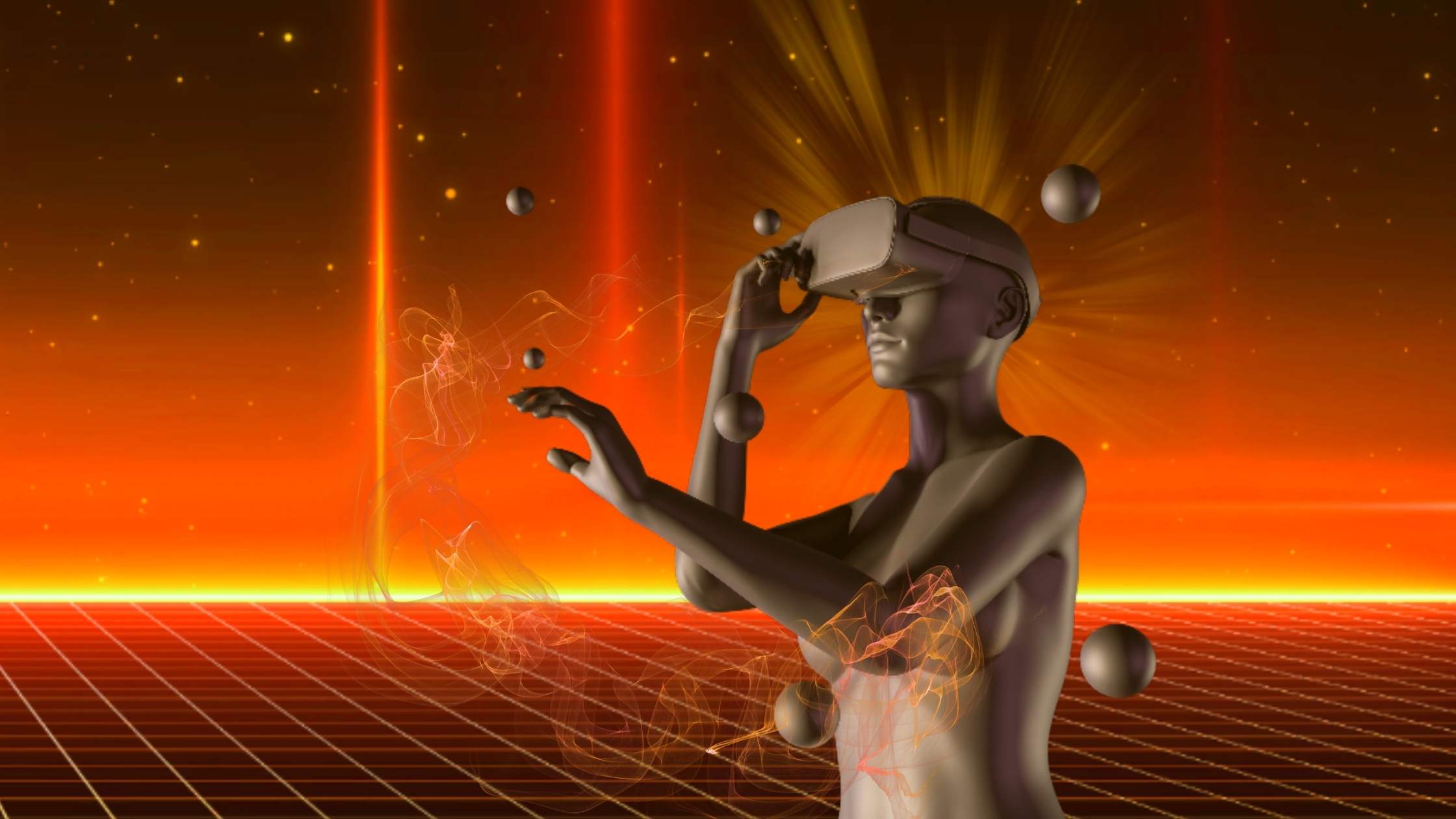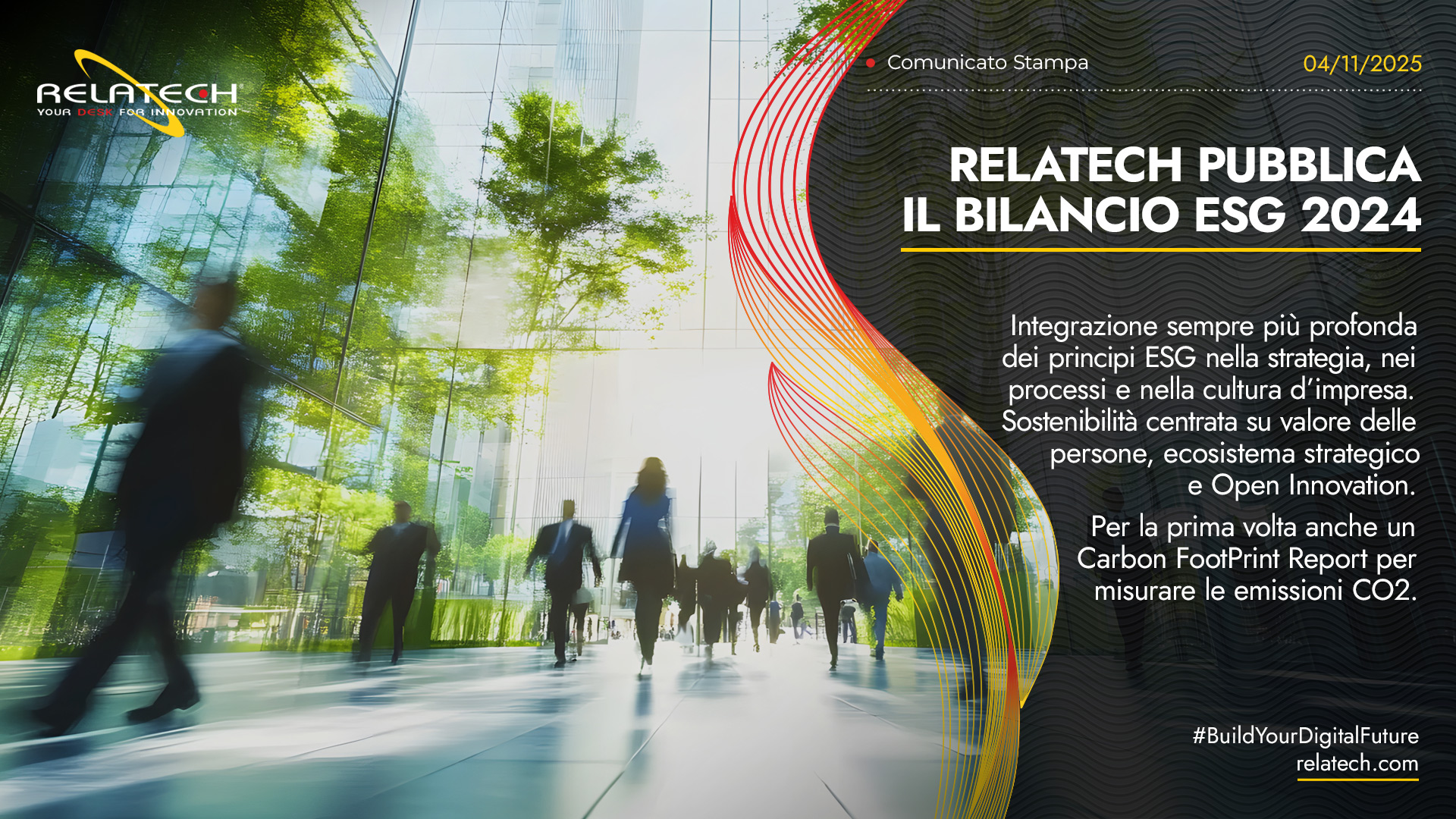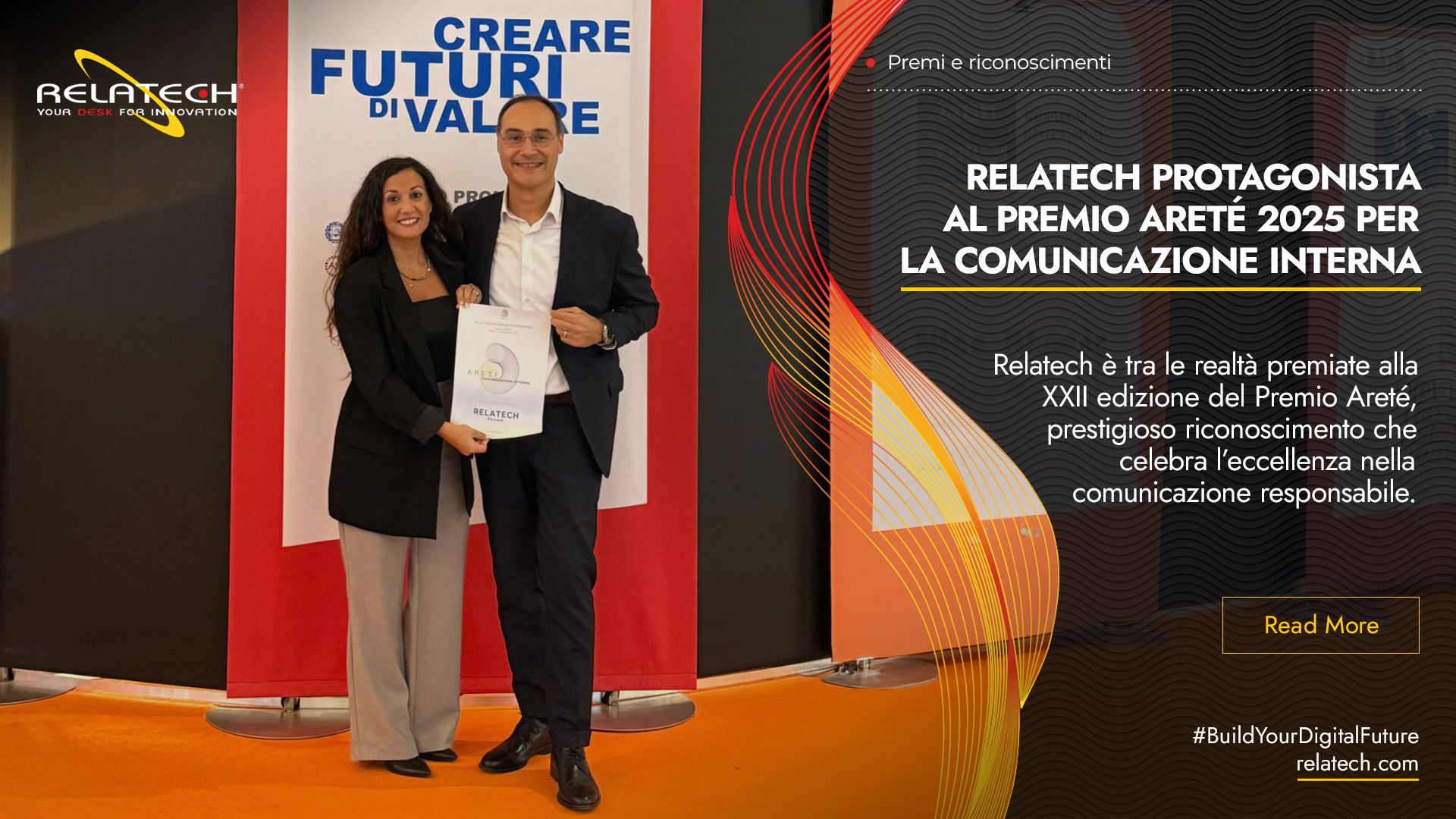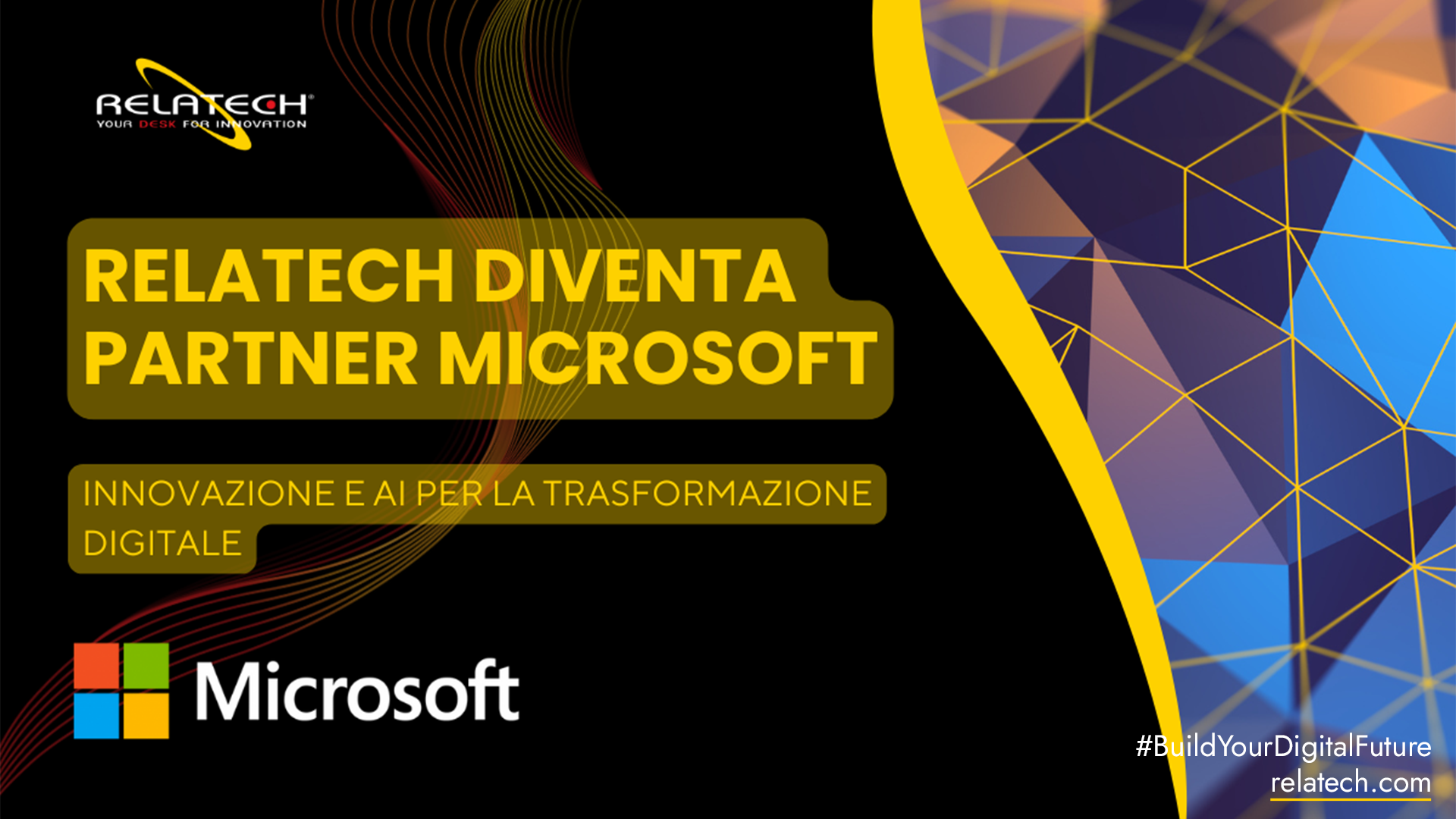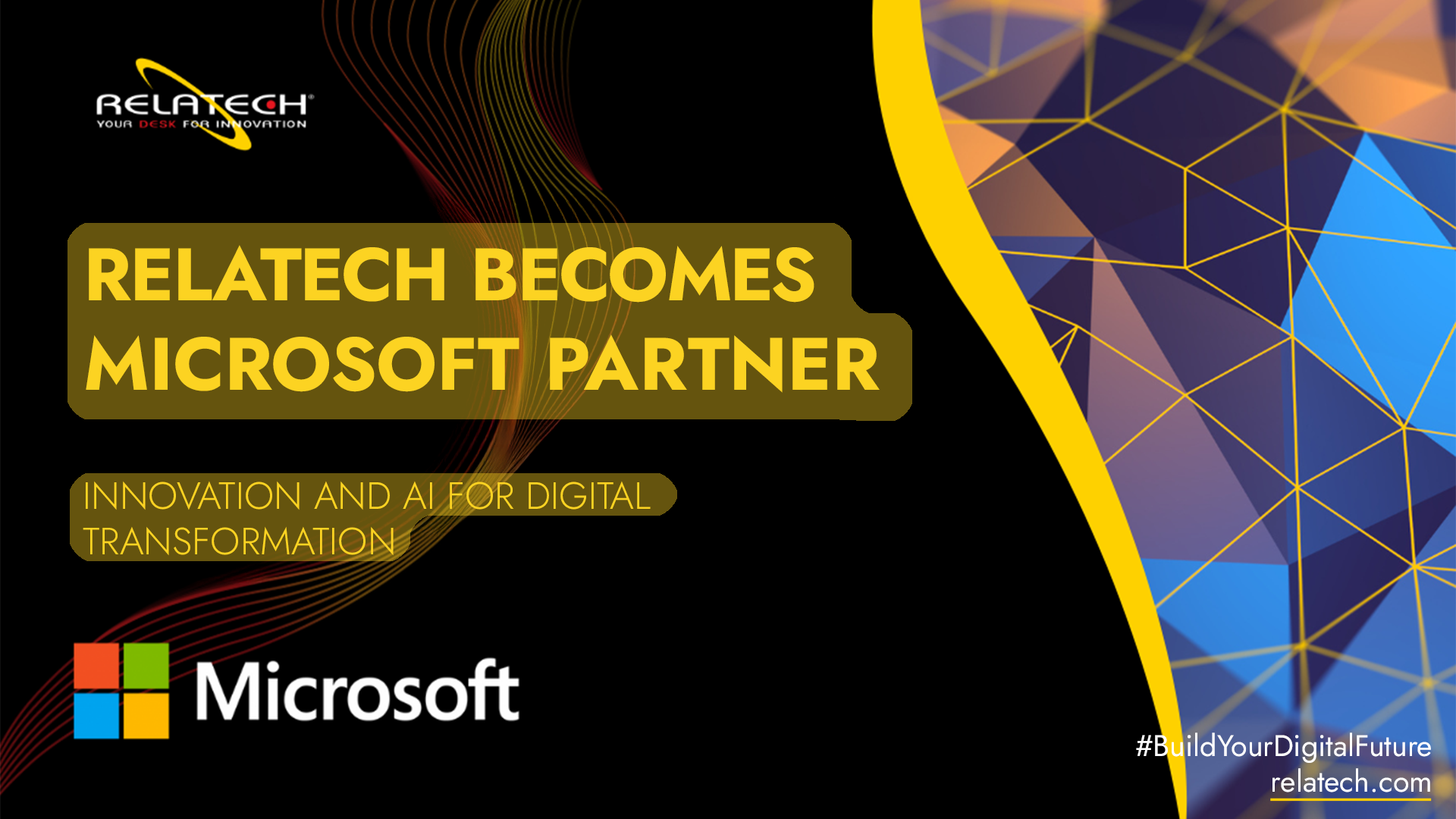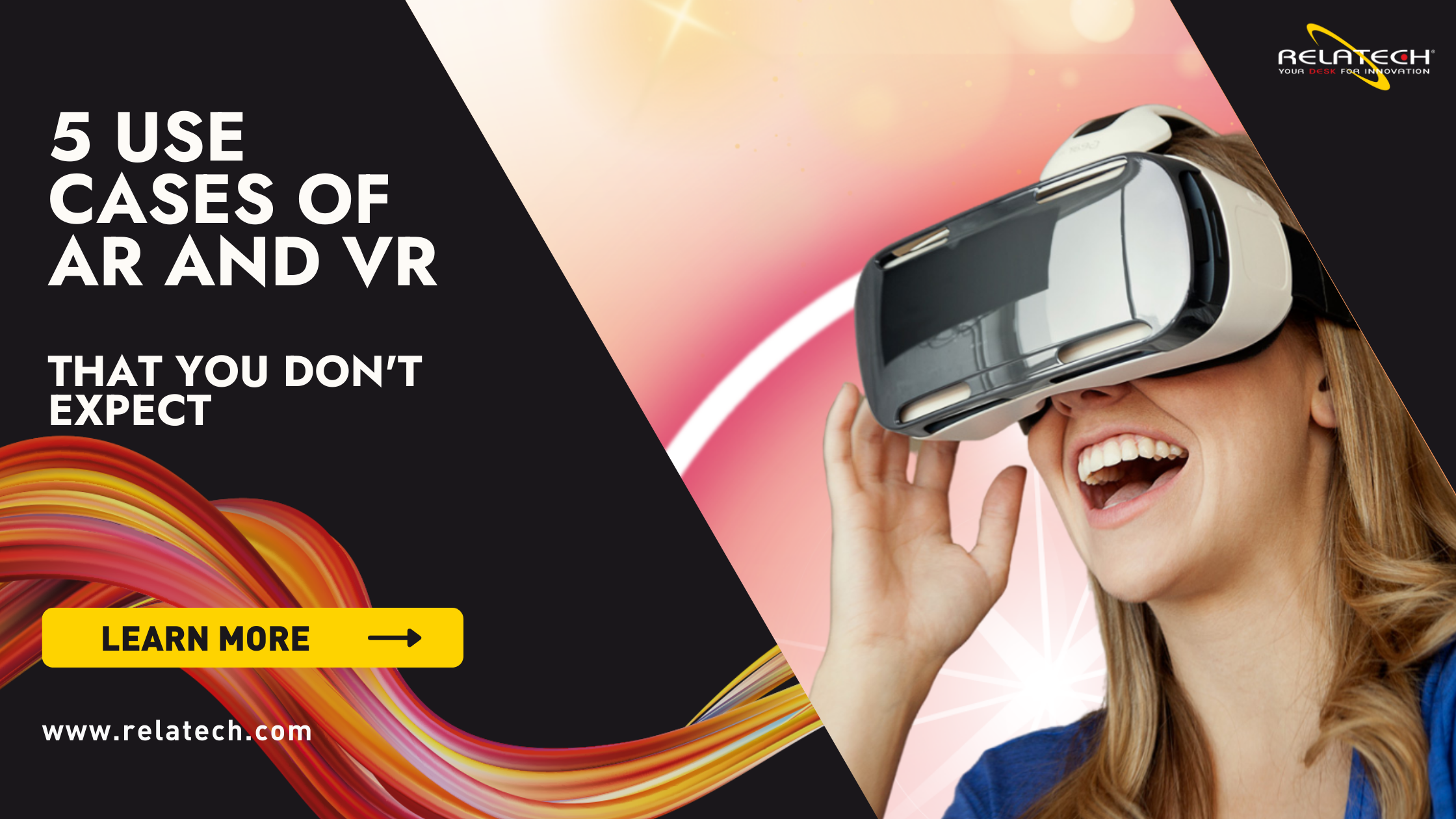Metaverse: a different point of view
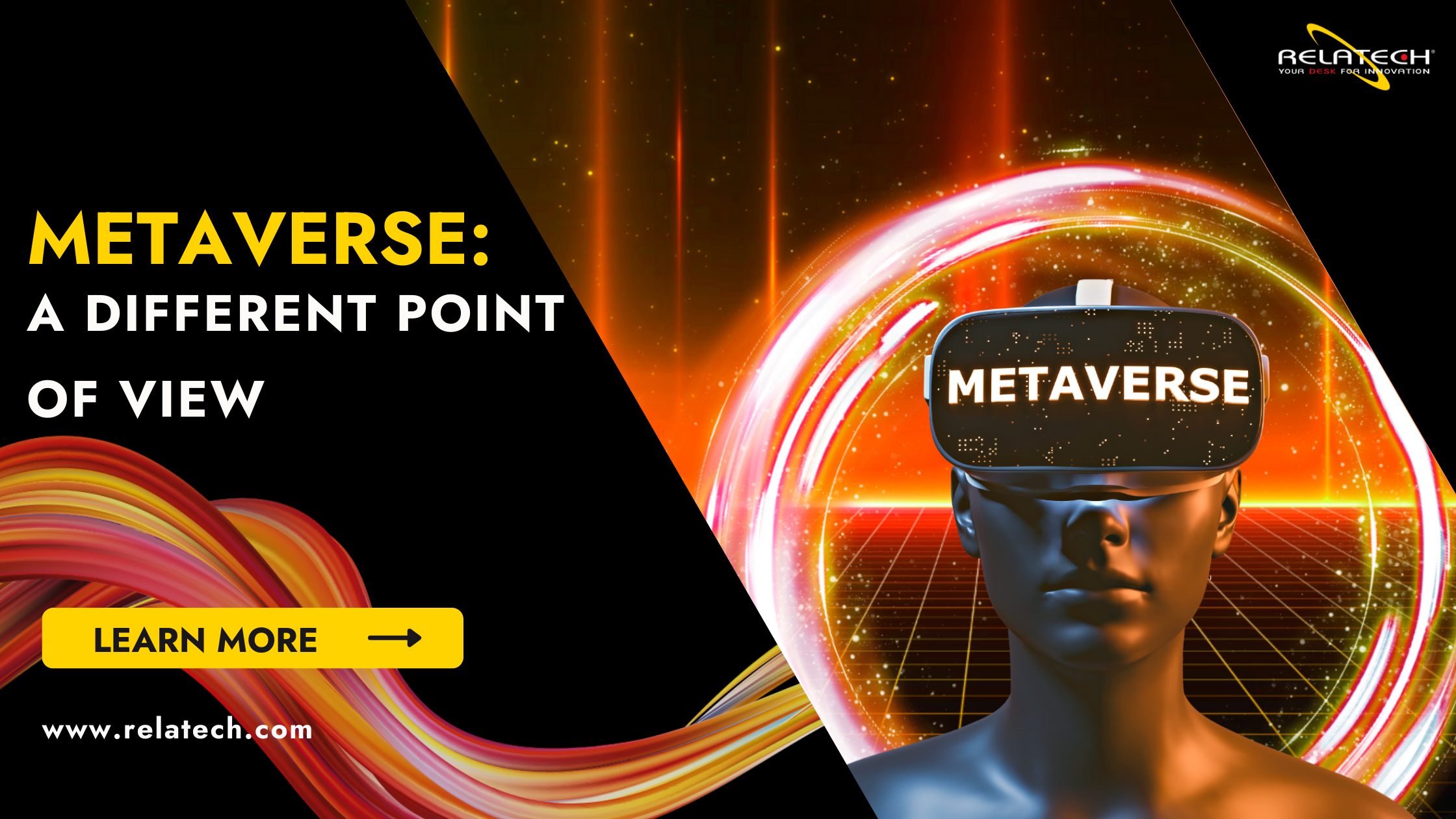
What are we talking about?
The term metaverse was first coined by Neal Stephson in the Sci-Fi fiction novel Snow Crash in 1992, about a three-dimensional space within which physical people could move and act freely through personalized avatars. In this tale, an ICT tycoon spreads a neurolinguistic virus within the metaverse that has the effect of destroying the brains of people who access it.
But the most famous depiction of a "metaverse," although the term is not used, is undoubtedly that of "The Matrix" series released in 1999. In the Matrix, mankind lives perpetually and unknowingly connected to a computer network that generates an interactive neuro-simulation, completely controlled by machines, of the real world that has been destroyed by wars and human neglect.
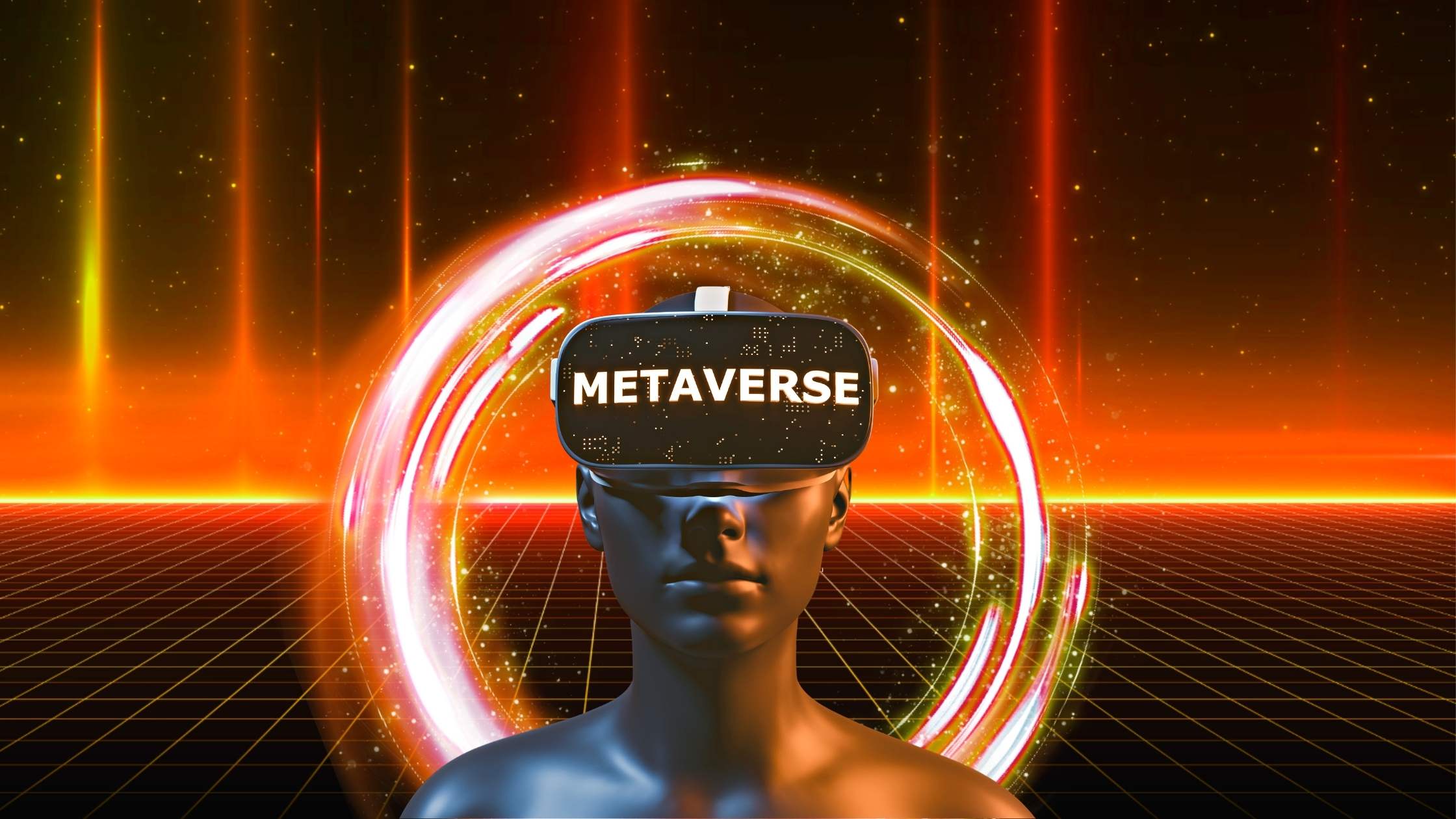
Today, by the term metaverse, we typically refer in general terms, to an immersive three-dimensional virtual space that simulates a physical scenario, populated by places (land, buildings) objects (cars, accessories, etc.) in which users, represented by their digital image (avatar) can interact with each other and establish personal and business relationships.
But is this the case?
The metaverse has become one of the most debated topics on the world stage, particularly since Mark Zuckenberg changed the name of his company to Meta, after also acquiring Oculus (a virtual reality device company).
Meta's mission is to give users in the Facebook ecosystem a fully immersive experience, becoming the social metaverse first. In this way, Facebook would become, according to Zuckenberg, the gateway to enter the metaverse, where they would meet connected avatars and have access to endless possibilities.
Already today there are multiple immersive platforms based on virtual reality, within which a wide variety of activities can be done.

Do so many virtual universes make one metaverse?
The most popular applications in this area are Decentraland, where one can buy houses, land, parks, and more with cryptocurrency. On Sandbox (which has become important because of its announced partnership with Meta), it is possible to own and exchange a cryptocurrency to purchase virtual goods; on Stageverse, it is possible to attend exhibitions, museums and concerts through 3D movies and immersive experiences with special effects.
Meta's Horizon World, already available in the U.S. and Canada, allows users to create virtual social communities in 3D. There are also numerous gaming platforms, including Epic Games and Roblox, which allow users to create virtual worlds and communities dedicated to gaming.
However, all these initiatives and others that are emerging are isolated from each other and not technologically compatible.
The same user with his or her avatar cannot move from one virtual space to another and move continuously within different virtual spaces while maintaining his or her identity and acquired assets. And according to most experts, such a prospect would still be very far from reality, assuming that the owners of the individual platforms have an interest in making this happen.
This is precisely why, according to an article published by the influential magazine wired, the use of the term metaverse would be improper, at least compared to the definition given instead by Matthew Ball, author of the book "The Metaverse: And How It Will Revolutionize Everything," in which he defines it as "an interoperable network of virtual worlds created in 3D."
The current reality, as already seen, is very different. The wired article, therefore, concludes with the provocative suspicion that the metaverse is just the latest marketing buzzword, useful on the one hand to revive somewhat struggling products, such as oculus, and on the other to create commercial momentum and push companies and investors to subsidize related initiatives.
Not Only Virtual Reality
In reality, future developments in the metaverse could also move in a very different perspective from what we could imagine.
The fact is that the use of virtual reality to reproduce sensations of the physical world has some relevant issues. In another article in Wired (Metaverse, what if the real one was in augmented reality? | Wired Italy) it is pointed out that, to enter this virtual world, it is not enough to simply incorporate a pair of ordinary glasses, but it is necessary to wear a virtual reality helmet that estranges us from everything that surrounds us in physical reality.
The future scenario that such applications will become part of daily life, leading users to spend many hours immersed in these virtual realities is in many ways worrying from both physical and mental health perspectives. One should therefore ask how desirable such a perspective is.
From this point of view, a metaverse development perspective based on using Augmented Reality (AR) rather than Virtual Reality (VR) might be more effective in many cases. In this way, some virtual elements would be added to physical reality, not replacing it but complementing it, aiming to enhance the user experience of the individual, who would still maintain contact with reality. For example, already today it is possible to use map representation applications with an augmented reality viewer so that digital directions can be seen directly on the ground, with the advantage of knowing exactly where we are heading. Or inside a supermarket shelf, while shopping, we could take advantage of augmented reality to capture all the information about the products available, such as provenance, caloric intake, and so on; or take advantage of a virtual experience inside some clothing stores, so that we have the opportunity to try on clothes before eventually ordering them online.
The Belarusian startup Wannaby offers the ability to wear shoes that are purchasable online, simply by pointing the camera over your feet, pinpointing their exact location, and replacing the ones you are already wearing with a virtual model. In addition, many major fashion brands are bringing out their collections via highly realistic avatars whose clothes are customizable. Notably, Gucci was the first brand to include augmented reality within its app, giving users the chance to virtually try on the iconic Ace Sneakers. (Gucci aims for augmented reality - MFFashion.com)

So, what is better?
Although AR and VR technologies have already existed for a few decades until now the diffusion of these types of solutions has been slow to take off.
The main reasons that have prevented their large-scale diffusion are to be identified the cost and the difficulty for the end user to use these types of devices for a consecutive number of hours.
Today, the design of these products is having interesting developments, trying to bring different products to the market based on the specific needs of the user. All visors of both VR and AR are gradually becoming lighter and lighter with better performance in both viewing range and overall response time and usability. Currently, AR can also be used with everyday usable devices such as smartphones, tablets, and wearable devices.
To get started with an augmented experience, all you need is a phone with a camera, GPS tracker, and possibly vital signs detection. Software technologies are also making remarkable progress. Software such as Unity and Unreal Engine has reached levels of photorealism unthinkable just a few years ago, giving the ability to develop complex and sophisticated three-dimensional environments and avatars with human-like features (metahuman) and movements almost indistinguishable from real characters.
So does it make sense to invest in a particular metaverse?
Perhaps one day, we will spend more time inside in the metaverse than in the physical universe. But in the meantime, we need to pay close attention to several aspects whose importance is probably still underestimated. First of all, there is still no clear legislation. When we buy a virtual asset within a metaverse, exactly what are we buying, what are we entitled to, and who guarantees this right?
One possible answer to this type of question is to guarantee the ownership of the assets in the metaverse through blockchain technology and in particular through the use of NFTs (non-fungible tokens).
Until a few months ago, its unstoppable growth was expected, while the current trend of the cryptocurrency market denotes a serious crisis in the sector and growing uncertainty about its future development. However, it is the opinion of most analysts that this market will have an upswing, even reaching a level of greater maturity, thanks in part to new rules and greater transparency. Certainly the combination of metaverse and NFT is one of the technical aspects that will see greater development shortly.

The entire technology sector has undergone a sharp correction in recent months, suffice it to say that Meta stock (formerly Facebook) has lost more than 40 percent since the beginning of the year 2022.
This result, in addition to the general crisis in the markets, is also likely to be affected by the uncertainty related to the change in strategy and the immaturity of the market for metaverse or at any rate virtual spaces, which, despite great promise, has already seen heavy disappointments in the past, such as that of Secondlife.
Metaverse and everyday life
Finally, as is already the case currently for the entire digital world, the advent of AR or VR devices and the metaverse poses additional concerns from a privacy perspective.
In this case, the data that virtual reality devices could collect range from biometric data to the possibility that such devices could record one's surroundings from one's bedroom, or one's office.
Another social risk to consider is that on the personality of our avatar. How will the use of the latter change the way we perceive the world? How will it alter our emotions in real life? How will interpersonal relationships change?
So what's going on in the future?
In conclusion, the world of the metaverse drives business and technological innovation prospects of absolute interest, but at the same time, it brings with it both economic and social risks that cannot be overlooked. Certainly, we are only at the beginning of a path whose evolution is still difficult to glimpse.
We will cover these issues and more in future blogs.
If you are interested in the topic, follow the Relatech community on social media to stay up-to-date on all the issues surrounding frontier technologies.
Related Posts
9 September 2022
26 October 2022
